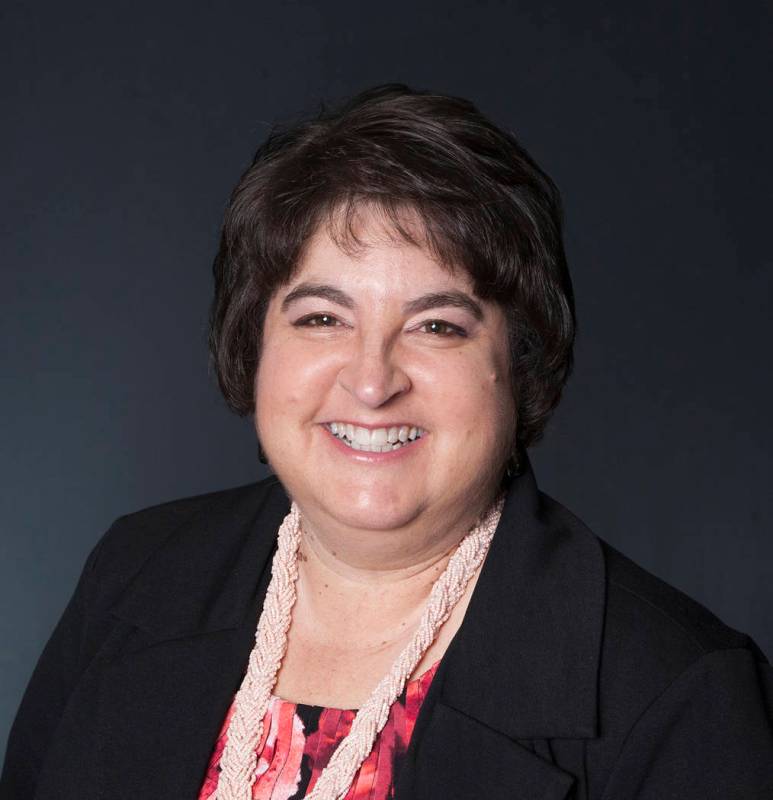
Recently, I had the opportunity visit Grand Canyon National Park. As expected, the views were breathtaking and awe inspiring.
There were also lots of people there — everywhere. And everywhere you went within a 100-mile or so radius of the park, there was information about visiting the park (what to see, where to stay, good places to eat, best hikes, etc.) and Grand Canyon souvenirs.
All of that made me wonder why doesn’t Boulder City take more advantage of its location just outside the entrance to Lake Mead National Recreation Area. It’s certainly a much closer drive to the recreation area than the 60-plus miles from Williams, Arizona, the closest sizable town to the Grand Canyon.
It may surprise many to learn the recreation area is actually more popular than the Grand Canyon. Last year, the number of visitors to Lake Mead surpassed the number of visitors to the Grand Canyon by more than 1.2 million people. In fact, the National Park Service ranks it as the seventh most visited Park Service site, while the Grand Canyon ranked eighth.
According to the National Park Service, the more than 7.1 million people who visited Lake Mead in 2016 boosted the local economy by about $312 million.
Geographically, the recreation area is 1.5 million acres, larger than some states, and offers one of the most diverse landscapes and range of activities. There are lakes, mountains, canyons and valleys to explore. And the climate of Southern Nevada makes it an ideal place to visit year-round.
So how do we take advantage of our prime location? That’s a good question.
Certainly, the Boulder City Chamber of Commerce’s new Come and Play addition to its World Away for a Day campaign is a good start. The revised logo promotes adventure tourism and the multitude of activities nearby.
We might also be able to take some cues from Williams, which has a population of around 3,100.
There are many similarities between the two cities. Both have historical ties that date back to around a century ago. Both have compact downtowns with historical buildings and are easy to navigate by foot. Both have a train that plays a key role in bringing people to the area. Both have — or will be — bypassed by a major interstate.
Clearly a gateway to the Grand Canyon, there are hotels, restaurants, RV parks and a visitor center that all cater to those passing through town on their way to the park.
It also hosts a variety of special events to keep people entertained and engaged. During my visit there was an art walk in the downtown area, much like our own wine walks, and they have a group of “Geezers” who regularly present an Old West gunfight at various locations throughout the town.
City officials also embraced their role as the last community on Route 66 to be bypassed by Interstate 40. Why couldn’t we play up to our role as the first to be bypassed by a new interstate?
There is no doubt that the coming completion of Interstate 11 will have significant impacts on the community. Exactly how significant they will be is uncertain until it actually happens.
Until then, there are several big questions that face the community. Do the people of Boulder City want to embrace — or could they — the city’s place on the map and become a gateway for the recreation area? Do they want to cater to the millions of tourists who visit each year? Do they prefer life to remain as is? Do they want to promote the city as a quaint, charming and family-oriented place?
There are no simple answers or easy compromises, only questions that beget more questions.
Hali Bernstein Saylor is editor of the Boulder City Review. She can be reached at hsaylor@bouldercityreview.com or at 702-586-9523. Follow @HalisComment on Twitter.